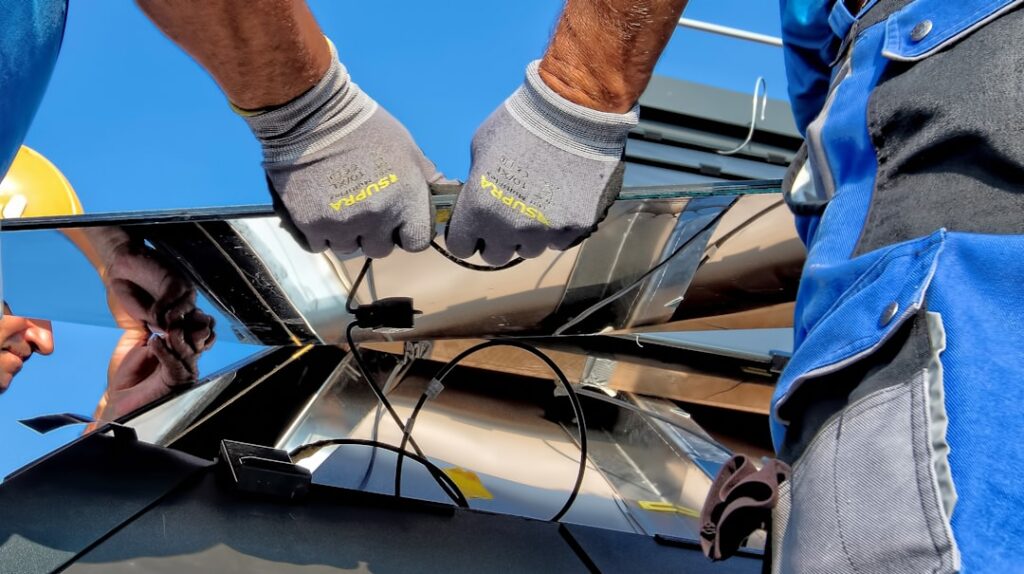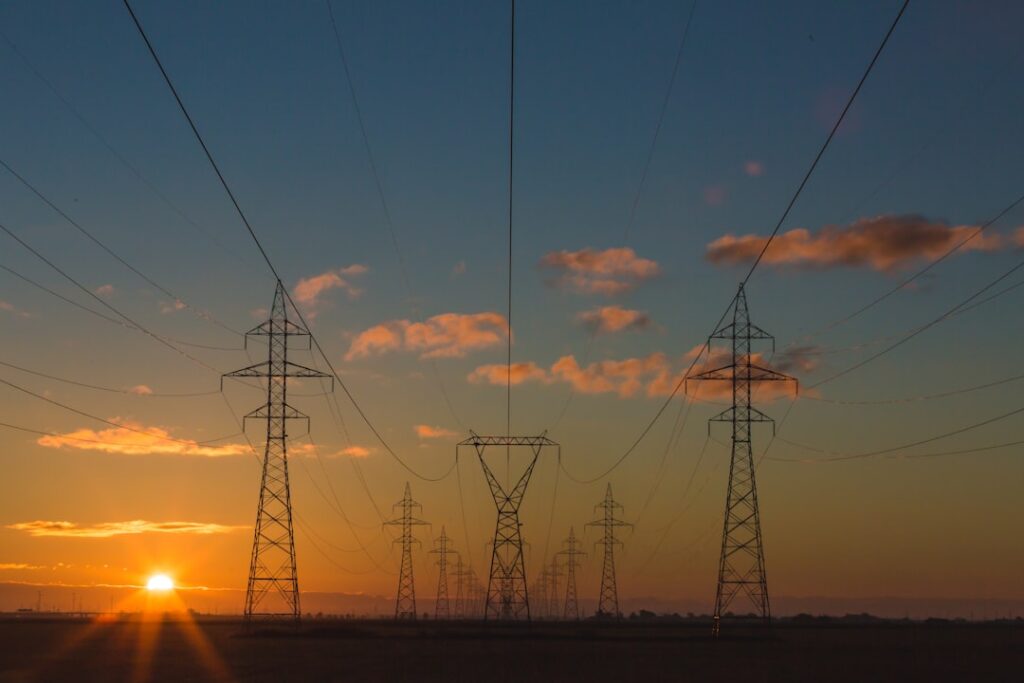As the renewable energy sector continues to evolve, the integration of solar technology into agricultural practices presents a unique opportunity to enhance both energy production and biodiversity. A recent study published in the journal ‘Geoderma’ explores the impacts of dual-axis solar trackers on soil biodiversity within agricultural lands, providing valuable insights for the agrivoltaics movement.
The research, led by Leroy Valentine from Groupe OKWind SAS and the UMR CNRS 7058 “Ecologie et Dynamique des Systèmes Anthropisés” at the Université de Picardie Jules Verne, highlights the potential of solar trackers not only to generate renewable energy but also to coexist with farming practices. Valentine notes, “Our findings indicate that while the presence of solar trackers alters chemical conditions in the soil, they do not significantly affect the soil organisms compared to traditional agricultural practices.” This suggests that agrivoltaic systems could be a viable path forward, allowing farmers to diversify their income streams while contributing to sustainable energy production.
The study specifically examined the effects of these innovative solar installations on wheat croplands and meadows, revealing that the mobile shading from the solar panels may actually enhance plant richness in certain contexts. This dual benefit could be a game-changer for farmers looking to optimize land use. With solar energy being one of the most promising renewable resources, the ability to maintain agricultural productivity while harnessing solar power could drive significant commercial interest.
The implications of this research extend beyond just soil health; they touch upon the broader conversation of how we can sustainably meet energy demands. As agrivoltaics gain traction, understanding their impact on ecosystems will be critical. Valentine emphasizes the need for further studies, stating, “Comparative assessments across different agricultural contexts will be essential to fully grasp the implications of these systems for biodiversity.”
As the energy sector looks to balance the urgent need for renewable resources with environmental stewardship, studies like this one pave the way for innovative solutions. By demonstrating that solar trackers can coexist with agricultural practices without detrimental effects on biodiversity, this research could encourage more farmers to consider agrivoltaic systems as a viable option.
For those interested in exploring the nuances of this research further, details can be found in ‘Geoderma’—translated as ‘Soil Science.’ The study underscores a promising direction for the energy sector, where sustainability and productivity can harmoniously align. For more information on Leroy Valentine’s work, you can visit lead_author_affiliation.



